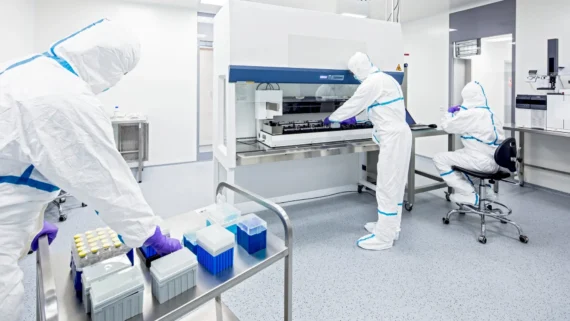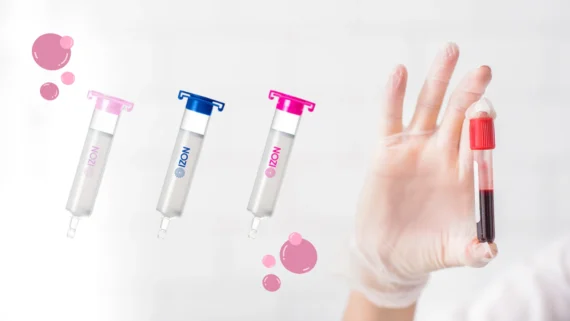- Your cart is empty
- Continue Shopping

Optimising Media Formulations for Mesenchymal Stem Cell Expansion For Translational Applications
The rapid growth of translational applications for mesenchymal stem cells (MSCs) has heightened the need for efficient, scalable production systems. Central to this effort is








